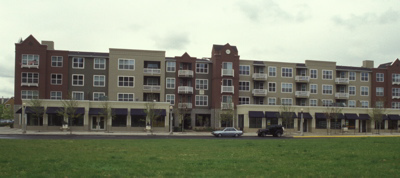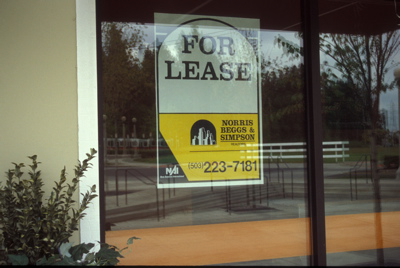No Light Rail in Vancouver!
The Incentive Problem: Why Planners Always Get It Wrong

Government planning fails because planners face the wrong incentives. Instead of being rewarded for doing good things for their communities, they are rewarded mainly for pleasing other planners. This incestuous system is a recipe for failure.
In a previous post, I listed seven reasons why government planning — that is, long-
Private developers face a clear incentive: Build something that people want enough to pay more than your costs of construction, or go broke. Developments sometimes do go broke, but the community of developers is keenly aware of what other developers are doing and they rapidly learn from one another’s experiences. Even though developers often borrow money to finance their ventures, their ability to borrow depends on their success, so they have an incentive to build what people want.
Government planners do not have a similar imperative. If they decide to build a billion-
The first thing planners do is move the goal posts. “We’re the government,” I’ve heard many of them say. “We don’t have to make a profit.” Or, “no transit system in the world makes a profit, so the fact that our proposal would lose a billion dollars is irrelevant.” (By the way, there are many urban transit systems in the world that make a profit.)
So if profit is not the criteria for success, what is? A rail advocate once told
me that he considered a rail line to be a success if just one person could use it
to get to work faster than before it was built — no matter what the cost to everyone
else. While this seems absurd, read any big-
What about urban renewal: how do we judge whether it is a success? Originally designed
to treat “blighted neighborhoods” (and called by some “negro removal” because it
displaced a million poor people, most of them black), urban renewal is now used to
impose high-
Supposedly, New Urbanism is better because people will drive less. But cities that
have used public funds to subsidize such developments rarely do any follow-
Yet, he says, the city considers the development to be a success. When he asked for the definition of “success,” he was told, “When the construction was completed, the project became a success.”
Here is one of Portland’s mixed-

Looks great — until you want to go shopping, when here is what you find:

The development provided very little parking for shoppers, and there simply aren’t enough residents to sustain any retailers. John Charles says that a beauty shop and coffee shop have tried to locate there, but have had little success.
But that doesn’t stop planners in Portland or elsewhere from planning more mixed-
How long does it take for planners to learn from their mistakes? In 1959, Kalamazoo closed its main street to automobiles in an attempt to make its downtown competitive with shopping malls. Over the next two decades, more than 200 other cities closed streets to automobiles. In almost every case, the closure proved disastrous for retailers, and the streets were soon lined with boarded up shop fronts. Of the handful that could be considered a success, such as Pearl Street in Boulder, nearly all were in university or resort towns. Closing streets to autos did not turn drivers into pedestrians, it merely attracted people who were already pedestrians and forced businesses to move elsewhere if the community did not already have enough pedestrians.
Despite this long record of failure, Buffalo closed ten blocks of its main street
to autos in 1984 — predictably leading to a huge increase in vacancies and a decline
in property values. Yet Buffalo and other cities that suffered such failures took
decades to re-
Why did it take so long for planners to learn this mistake? Why do many planners still believe that they can revive retail districts by limiting auto access and parking? The clear answer is that they don’t have to pay the costs for their mistakes.
Instead, planners are judged mainly by their peers. Every year, the American Planning Association and its state chapters give out hundreds of awards to the latest urban plans. These awards are usually given out before the success or failure of those plans can be measured, and often before they are even implemented. So the awards are based more on the intentions of the planners than on the results.
When their plans inevitably fail, planners blame someone else. Those boarded up windows
are the fault of a downturn in the economy. Traffic congestion is the fault of too
many people driving single-
This means that, when planners seek promotion, they point to the awards from their
peers, not the urban blight, unaffordable housing, traffic snarl ups, or fatalities
that resulted from their plans. In a just world, the people who spent $700 million
on the Hiawatha light rail or hundreds of millions subsidizing Portland’s transit-
In comments on previous posts, Dan has claimed that planners today use adaptive management to make sure their plans succeed. While this is a nice concept, I have reviewed literally hundreds of plans and have not found a single example of adaptive management being built into a plan, much less one that has been successfully implemented. The writers of the urban plans I read are far more interested in imposing their ideas on the cities they serve than in adapting their plans to the cities’ real needs. They can get away with this because they have no incentive to write adaptive plans, and I can’t think of any way to design a government planning process that would provide such an incentive.
9
Trackback • Posted in Regional planning, Why Planning Fails
Reprinted from The Antiplanner